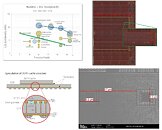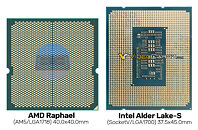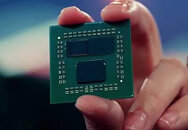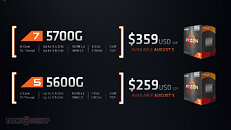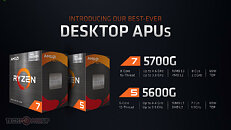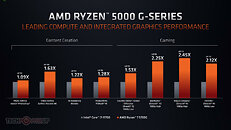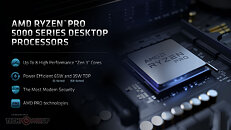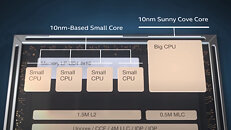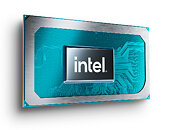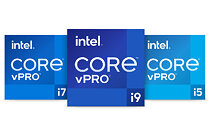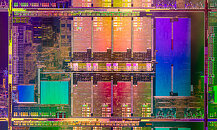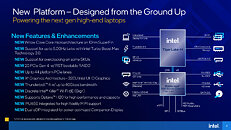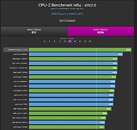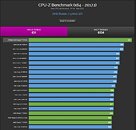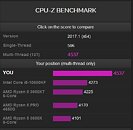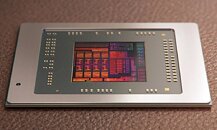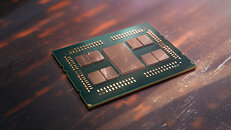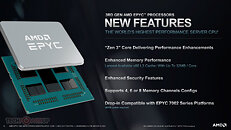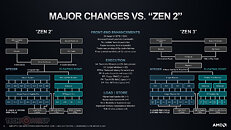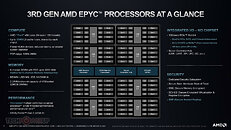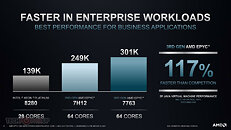
AMD Ryzen 7 5700G and Ryzen 5 5600G Already Outselling 5800X and 5600X on Mindfactory
German online retailer Mindfactory may not be as big as Amazon, but it puts out its sales figures of PC hardware components, that often get picked up by the tech-press as a sample size. While using its data as a yardstick for AMD outselling Intel in the DIY market is debatable, sales of individual AMD or Intel products provide valuable insights to what consumers are after these days. Apparently, the recently launched Ryzen 7 5700G and Ryzen 5 5600G APUs are already outselling the Ryzen 7 5800X and Ryzen 5 5600X, respectively, for the week of 2nd August running.
AMD designed the Ryzen 7 5700G to succeed the popular Ryzen 7 3700X, and the 5600G to succeed the best-selling Ryzen 5 3600, which explains the absence of "Ryzen 7 5700X" or "Ryzen 5 5600," at least in the DIY market. It's little surprise then, that just as the 3700X outsold the 3800X, Mindfactory bagged orders for 820 units of 5700G, as opposed to 610 units of the 5800X; and 900 units of the 5600G, compared to 680 units of the 5600X. It's interesting to note that the 5700G even outsold the 5600X. The 5700G and 5600G are based on the 7 nm "Cezanne" silicon, which packs up to 8 "Zen 3" cores, and an iGPU with up to 512 stream processors. Unlike "Vermeer," Cezanne is a monolithic die.
AMD designed the Ryzen 7 5700G to succeed the popular Ryzen 7 3700X, and the 5600G to succeed the best-selling Ryzen 5 3600, which explains the absence of "Ryzen 7 5700X" or "Ryzen 5 5600," at least in the DIY market. It's little surprise then, that just as the 3700X outsold the 3800X, Mindfactory bagged orders for 820 units of 5700G, as opposed to 610 units of the 5800X; and 900 units of the 5600G, compared to 680 units of the 5600X. It's interesting to note that the 5700G even outsold the 5600X. The 5700G and 5600G are based on the 7 nm "Cezanne" silicon, which packs up to 8 "Zen 3" cores, and an iGPU with up to 512 stream processors. Unlike "Vermeer," Cezanne is a monolithic die.

